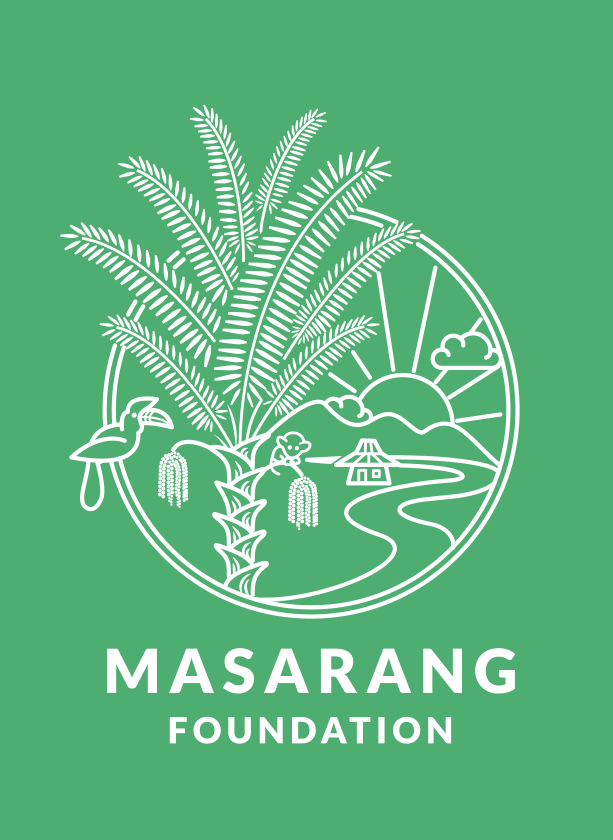Sustainable organic farming to help Orang Utans
Masarang has started a new project in the SOC new forest school location at Jerora. Thanks to a gift from one of our sponsors we can grow a lot of fruits and vegetables for the Orang Utans at Jerora through the use of sustainable organic farming. This will significantly reduce spending on fruits and vegetables which are the basic needs of orangutans.

Why is this so important?
Orang utans eat a lot! We need around 500 kg of fruit and vegetables every week. All this time the need for fruits and vegetables is mostly fulfilled by buying in the market around Sintang. We estimate that every year we need around €12000 euro only on food! By growing our own fruit and vegetables that also will support the local workers of the centre, we hope to reduce the costs on food within the first year with 50%. On the longer term we hope to upscale the activities and further reduce the operational costs of the centre.
Sustainable agriculture in Jerora
We use the waste from orangutan cages in the form of leaves and food scrap as a potential material to be
processed into organic fertilizer. We also will utilize nutrients contained within the location through processing of residual wood into charcoal (biochar) mixed with soil media as a medium for planting. Thus, the implementation of a sustainable organic farming system, as well as an effort to reuse and recycle existing waste from SOC activities.
Sustainable agriculture in Jerora comprises also the implementation of a hydroponic system. This is a system that uses only water, nutrients, and a growing medium. The word hydroponics comes from the roots “hydro”, meaning water, and “ponos”, meaning labor, this method of gardening does not use soil. As a nutrient source we use liquid organic fertilizer (see above). One unit of the hydroponic system (2 m2) can produce 5 kg vegetables per-week.
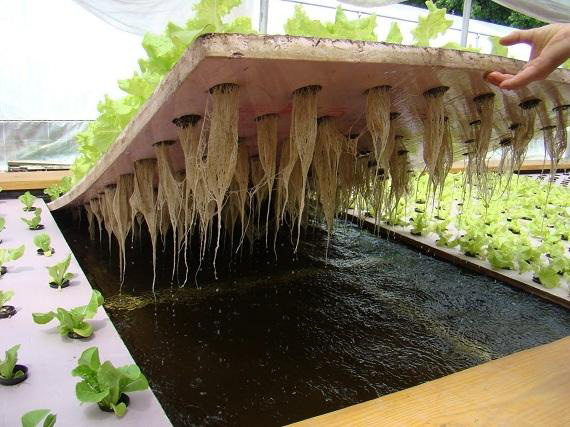
But there is more!
We also strive to optimize waste in and around the center applying Zero waste models, and reducing plastic waste (especially plastic glass). Furthermore we will use the project for education purposes. This will be beneficial for the people of Sintang and surroundings.
Organic Farming
The vegetables and fruits will be grown through organic farming with organic fertilizer as source of the nutrient for the plant. For that purpose, there are supporting facilities and procedures that need to be made and implemented such as
– a shelter with roof for Dry Organic Fertilizer Production Facilities:
– a Nursery Facility (Simple Net Green House)
– beds for Planting
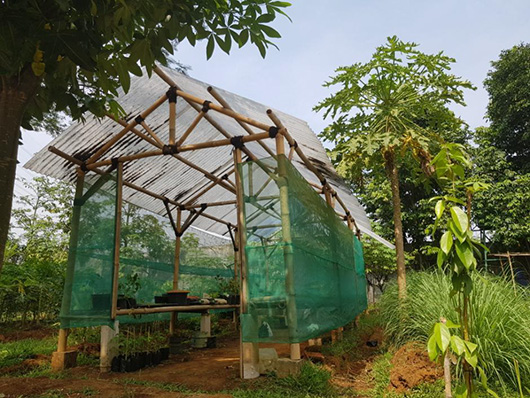
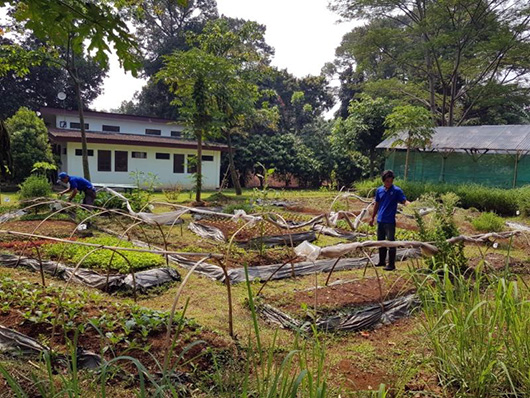
Harvesting
Vegetables will be ready to harvest after 30-40 days. Papayas will be ready for harvesting after 8 months.
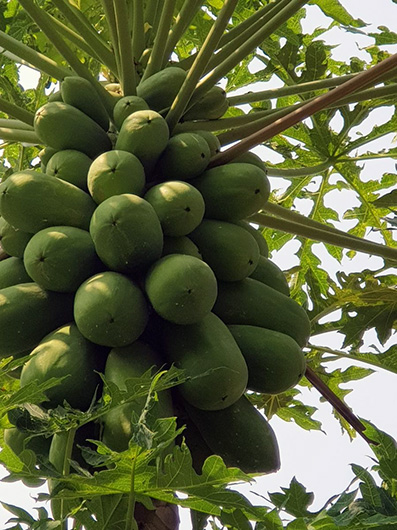
Thanks to this project the orangutans now will enjoy more healthier nutritious fruits and vegetables that are served within an hour of harvesting like wild food and above all taste better too!
